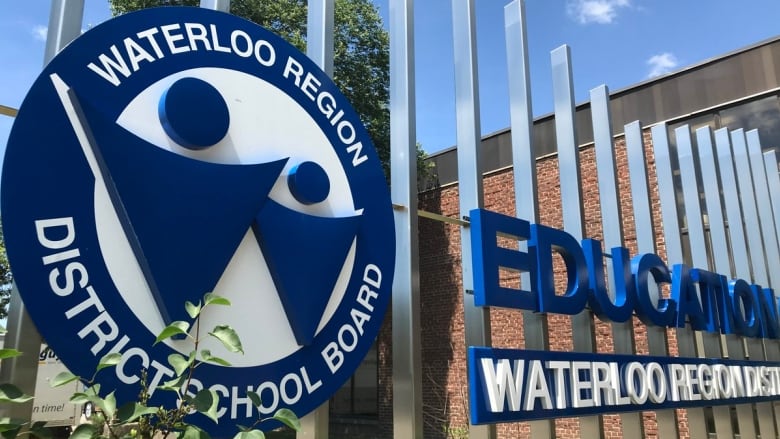Are Waterloo region communities fairly represented by school board? 1 trustee wants to find out
Hiring a consultant may help decide how many trustees go to each municipality in 2026 election

Where and how many trustees are elected to an area is reviewed in school boards across Ontario every time there's an election, but in the case of the Waterloo Region District School Board (WRDSB), that representation hasn't changed in three decades.
Now, trustee Scott Piatkowski, who represents Waterloo and Wilmot, has put forward a notice of motion to see if the board could hire a consultant to look into whether everyone is represented fairly.
"It's actually been 27 years and in that time the federal ridings and provincial ridings have changed, and city councils have grown," Piatkowski said.
The map for the WRDSB trustees hasn't changed since 1997. Piatkowski addressed their board meeting late last month to suggest potentially changing what's called trustee determination and distribution. He says if they do it, a review should be done well in advance of the 2026 municipal and school board election.
Currently, the number of trustees on the WRDSB stands at four from Kitchener, three from Waterloo and Wilmot, three from Cambridge and North Dumfries and one from Woolwich and Wellesley.
In his notice of motion, Piatkowski noted that "there has been considerable growth and shifts in population in the Region of Waterloo."
"I don't want to suggest that I know what the conclusion will be because I think that would be unfair to the process," Piatkowski told CBC News. "What I do know is that representation by population is a fundamental aspect of democracy."
This kind of review is not a new idea for an Ontario school board. T.J. Goertz, the manager of strategic communications for the Ontario Public School Boards' association, said in an email that the reallocation of trustee positions and changing of geographic areas of a jurisdiction are something they see fairly often.
New considerations: budget and representation
Piatkowski says hiring a consultant to do a review is the best option to ensure the WRDSB has the fairest way of drawing the electoral map.
"I just don't want to stick to the status quo, which if we left it until March of 2026, I just think that we would do that again," Piatkowski said.
He also wants them to consider adding an Indigenous trustee like other Ontario school boards have made agreements to do.
The procurement of a consultant is something that trustees are not involved in, and it comes out of a separate budget that covers costs like trustee mileage and professional development.
"We can't take money out of the classroom to spend on governance issues," Piatkowski said. "We wouldn't, even if we were allowed to, be taking money out of the classroom to fund this kind of thing."
How it works
Before each regular election, the board of trustees of each district school board decides the distribution of its trustees across the area.
Goertz said in boards like WRDSB, where there's more than one municipality, they must decide whether or not a certain one is a low population municipality or not. Changes like this help accurately reflect the population of a region.
Piatkowski wants a consultant to give their recommendations about distribution by June 2025, so people running for a trustee position know what the electoral map looks like by May 2026, when nominations take place.
As long as they're not looking to increase the number of trustees, the WRDSB must inform the Ministry of Education about the allocation of trustees by April of an election year.
"And in 2022 and 2018 and every year since 1997, we've just said, well, we're sticking with the way that we have it. And I think it's time we looked at other options," Piatkowski said.
His motion is set to be debated on Nov. 11.

